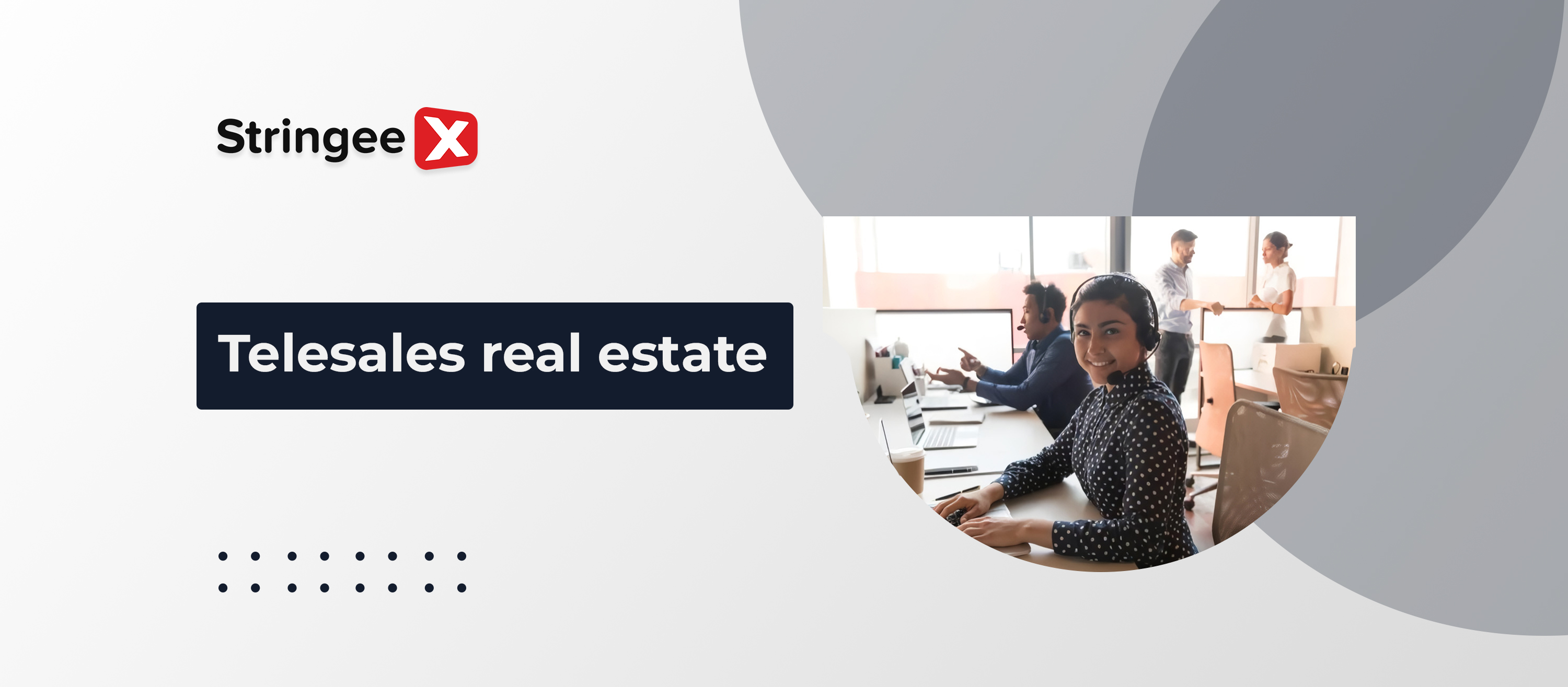Introduction
Indian businesses are catching up quite fast to global trends, evidenced by the surging popularity of IVR numbers. Although the concept still sounds foreign in certain regions, many have started to recognize its full potential in customer service businesses.
Given the current development, this solution will likely spread to the rest of the country in the next few years. Our specialist team will discuss why using IVR number in India has become such a desirable option. Keep scrolling to learn more!
What Is An IVR Number?
Customers will interact with the system’s keypad inputs and voice commands.
What Is An IVR?
An Interactive Voice Response System (IVR) allows your customers to interact with a computer-operated phone system through voice commands and keypad inputs. It is similar to a digital receptionist that guides callers to the information/service they need before speaking to a human agent.
Below are some of the main functions offered by IVRs:
Routing Calls
Based on the caller's input, the IVR routes the call to the appropriate department or agent (or sometimes self-service options) to save time for both parties.
Providing Information
This technology can provide inclusive answers to some of the most frequently asked questions regarding the products, services, account details, etc. As a result, live center agents are not required to handle simple inquiries and can save their effort for more complex issues.
Collecting Data
IVR system solutions can gather critical information from callers, such as account numbers, PINs, or feedback, which is then used to improve customer service and gain insights into customer needs. Businesses also leverage IVR services to personalize future interactions with each customer.
Enhancing Security
Before granting callers access to sensitive information, some corporations use cloud IVR solution providers to verify their identity through voice recognition or keypad input. Customer data is protected as a result, minimizing fraud risks.
What Is An IVR Number?
An IVR number is a phone number linked to the IVR system. Response (IVR) system.
It’s essentially the gateway to the automated self-service experience offered by the IVR solution service. Specifically, when your customer dials this IVR number, they’ll be greeted by a pre-recorded message and presented with a menu of options, which allows them to interact with the system without interventions from a human agent.
In simpler terms, just like how a regular phone number connects you to a person, the IVR number connects your customer to a digital "assistant.” Businesses often choose a different number for their IVR than their main line, which helps differentiate between automated interactions and calls intended for live agents.
A Well-Known Example: StringeeX IVR
As one of the pioneering technology brands in Vietnam, StringeeX introduces a straightforward IVR setup that can be integrated easily with the Contact Center PCC.
It allows you to establish multiple sets for IVR routes (attached to varying phone numbers or hotlines), each including one root and unlimited nodes. Every node can be customized with voice responses made with Text-to-speech tech or MP3/WAV files. StringeeX also provides several voice options for you to choose from. This digital assistant will direct callers to the appropriate department or agent based on their dialing options, minimizing hold times and providing more tailored experience.
Customers can transition among the nodes or go straight to the Queue using pre-set keypad options. Other convenient, programmable features include:
- Checking work hour
- Checking VIP (VIP customers will be moved straight to the first line of a queue)
- Reading document via text-to-speech
- Playing pre-recorded audio files
Why Should Your Business Use An IVR Number in India?
Higher Rates of First Contact Solutions
First-call resolutions, in which a customer issue gets resolved instantly without being bounced back and forth among different departments, are the key to excellent customer service in the modern industry.
And here is where the IVR-based service enters. It can quickly gather the information to identify the nature of the issue, eventually routing the calls to the most relevant department. This design saves precious time for the customer and sidesteps unnecessary transfers, increasing the chances of successful first-contact solutions.
Businesses can take one step further, investigating the most frequently asked questions or chosen menu options to refine the IVR menus and adjust agent training programs. That, in turn, leads to even higher first-contact resolution rates than before, and the circle keeps repeating itself until the overall service delivery reaches its peak efficiency.
It Leads To Better Customer Satisfaction

Customers will feel more satisfied.
As previously mentioned, IVRs can quickly route callers to the right agents to cut down on wait times and frustration. And on another note, not all customers want to interact with an agent; for simple tasks like checking balances or updating information, IVR’s self-service option is a much better choice, which gives customers full control over the situation and boosts their satisfaction.
Plus, although employees only work 8 hours a day, sleep does not really exist in the customer world. Fortunately, IVRs provide round-the-clock access to all the necessary support and information, ensuring customers are cared for even at the oddest hours.
Some people are worried about the possible disconnect often associated with automated systems. But that is hardly an issue; numerous advanced IVRs offer natural language processing to make interactions feel more human.
It Helps Improve Employee Efficiency
Some customer service tasks can be repetitive and time-consuming. However, IVRs easily handle simple inquiries like password resets, balance checks, or FAQs, even offering 24/7 self-service options where applicable.
The total number of calls reaching agents is significantly reduced as a result, allowing them to manage their time on other cases that truly require critical thinking and higher levels of expertise.
A working environment with contented, motivated employees also benefits your company. With no more pressure from overwhelming call volumes or monotonous tasks, agents will have more patience when interacting with unhappy or difficult customers. Such a positive attitude will reflect well on their overall performance.
It Reduces Operational Costs for Your Business

Businesses no longer have to spend a large sum on customer service quality.
An IVR system is comparable to a multi-talented assistant that handles countless calls for the company without asking for a paycheck. It also frees agents from basic tasks and inquiries, reducing the need for extra staff.
And since effective call queuing is one of the strongest assets of IVRs, the percentage of missed calls (and the need for callbacks, as a result) will drop drastically, saving you from wasting even more agent time and resources. This also applies to businesses with high first-contact resolution rates, as multiple follow-up calls and associated labor costs are no longer necessary.
It Offers Amazing Scalability
With an IVR system, you can handle ten times the calls without multiplying your agent count. Even language barriers and time zone issues have become irrelevant now; IVRs can offer multilingual support and 24/7 availability to expand your customer base and demographic beyond geographic boundaries.
Furthermore, while a human agent needs some time to adapt, IVRs can easily be modified and updated within seconds. New features, languages, and other functionalities that help your business stay relevant only require one simple software update!
Extra Tips to Use The IVR System in India More Effectively
Integrate The IVR With Other Existing Apps

IVR systems can work wonders on their own. However, their true power lies in integration. Below are some common examples:
- An IVR and the website chatbot can operate side by side. Customers conveniently switch between channels, with all their information and context readily available, enjoying a consistent and convenient experience. Reliable platforms like StringeeX are the go-to options for these cases.
- A customer calls about their order. The IVR, already linked to your order management system, can instantly provide the status with just their phone number.
- Once the CRM data is transferred to your IVR, the latter will be able to greet customers by name or reference their recent purchases or outstanding bills. This combination promotes a better, more personalized interaction between your customer and the brand.
- Want to know how customers feel about your IVR experience? We suggest integrating a simple satisfaction survey at the end of calls, which helps collect valuable feedback without requiring additional steps.
Let It Provide Instructions When Customers Make Mistakes
Customers making mistakes while calling isn’t uncommon.
When it happens, make sure the IVR system can rephrase all the available options with helpful phrases like “It sounds like you might be looking for..." or “Let me try to offer that information another way.” Otherwise, the customers will only grow more frustrated with your system.
Straightforward instructions (without jargon or technical terms that are difficult to follow) are also highly recommended.
Use Customer’s Wait Time For Extra Promotions
Playing songs or elevator music during wait time is a common and safe option, as most businesses do not want to irritate their customers with long-winded marketing promotions.
We agree that long promotions are not really the wisest move in these cases. However, short advertisements can still work effectively if used the right way! A few examples:
- Promoting the brand’s email newsletters
- Marketing new services or products
Sharing sales offers and other discounts - Highlighting seasonal, time-limited promotions
Conclusion
Using IVR number in India has become increasingly more popular.
Such a steadfast rise is unsurprising, given the incredible benefits that IVR systems bring about - even to companies that are already well-established. It is time to decide whether your business should catch up with the trend or stick to traditional contact systems and eventually lag behind.










